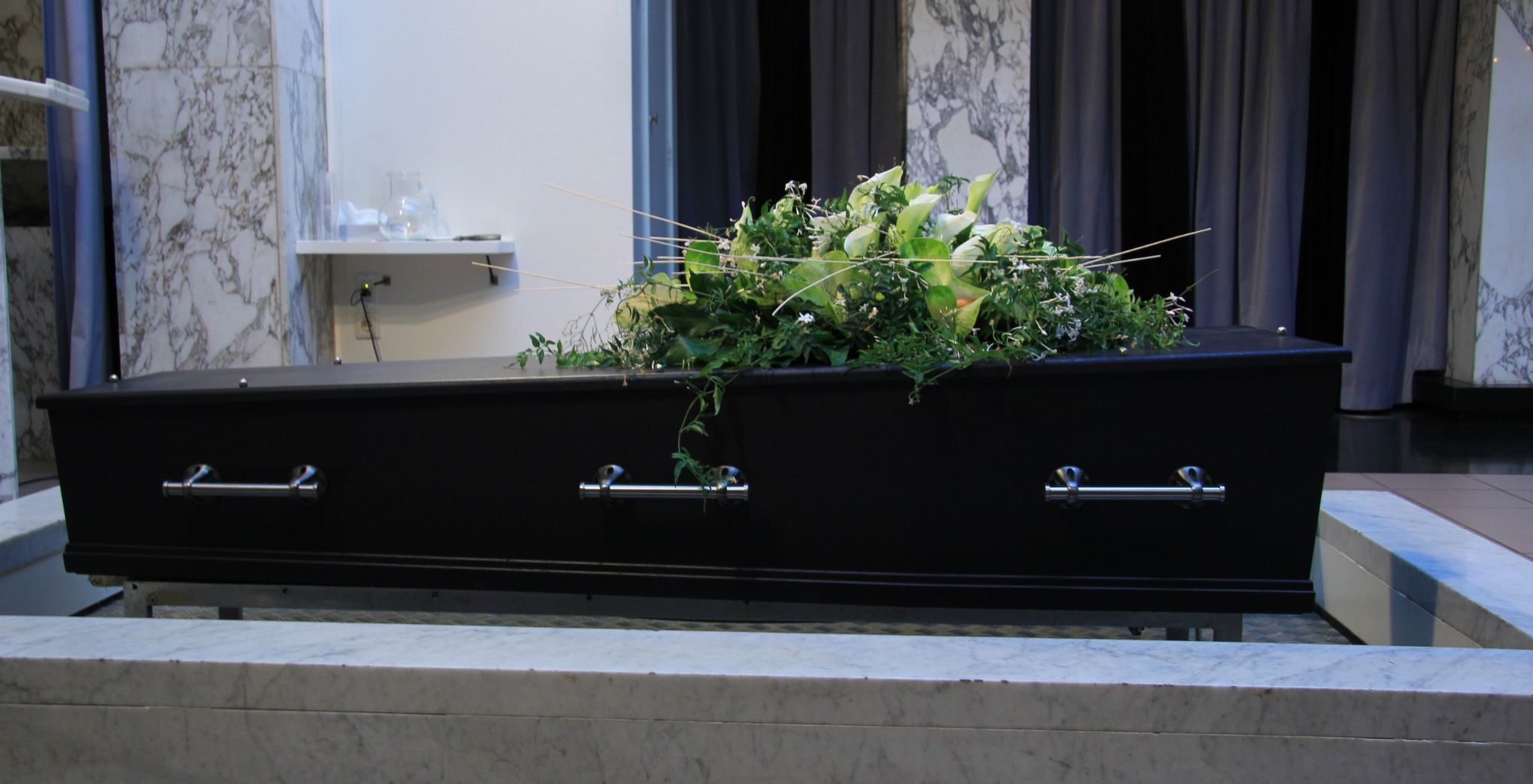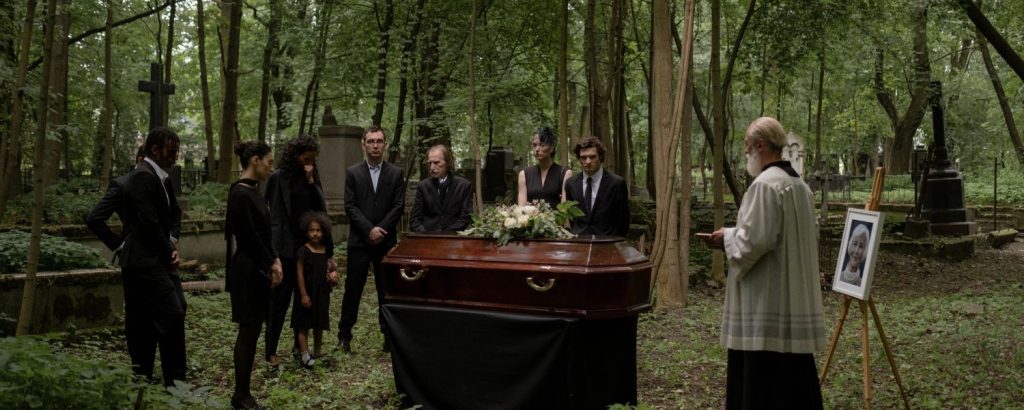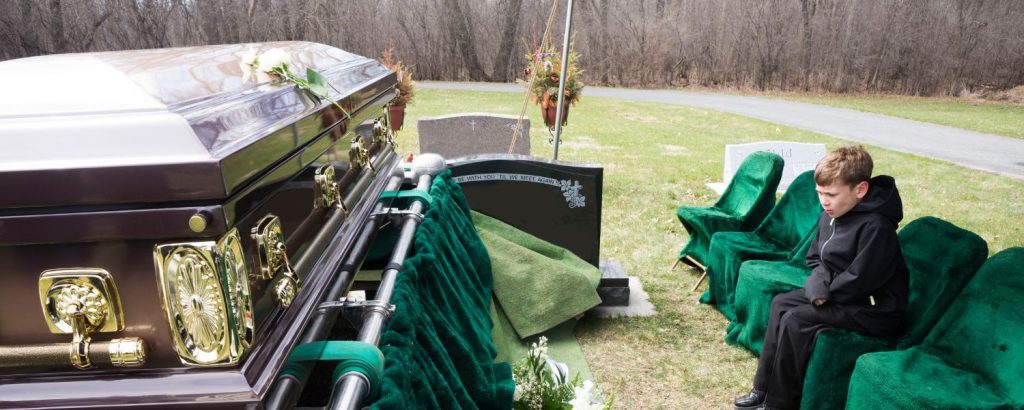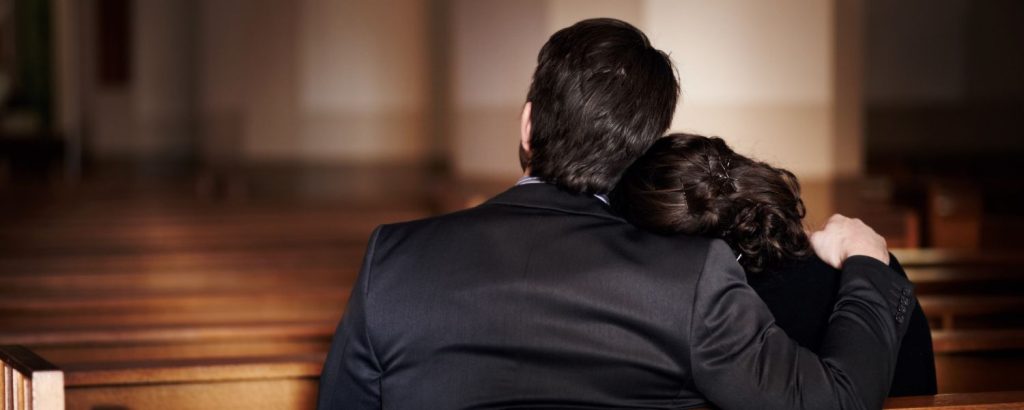
In recent years, direct cremation has gained significant attention as an alternative funeral arrangement in Australia. This straightforward and cost-effective approach to handling the deceased has become increasingly popular for various reasons. With changing attitudes towards traditional burial services, many Australians are opting for direct cremation as a dignified and practical option. This blog delves into the concept of direct cremation, its advantages, and why it’s becoming a preferred choice for many families nationwide.
What is a Direct Cremation?

Direct cremation is a simple and no-frills method of handling the deceased, where the body is cremated shortly after death without a formal funeral service beforehand. Unlike traditional funerals, which often involve embalming, viewings, and elaborate ceremonies, direct cremation focuses solely on the cremation process itself. The ashes are then returned to the family, allowing them to decide how to commemorate their loved one in a manner that suits their preferences.
Why Choose Direct Cremation?

Individuals and families often choose direct cremation over traditional burial or cremation services for a variety of reasons.
1. Cost-Effectiveness
Direct cremation is a financially prudent choice for many families. It significantly reduces the overall cost of end-of-life arrangements by eliminating the need for embalming, expensive caskets, and elaborate funeral services. This can offer significant advantages, especially for individuals operating within a constrained budget or those who prioritise directing their resources towards other areas.
Moreover, with the transparent pricing typically offered by funeral directors specialising in direct cremation, families can find peace of mind in knowing precisely what to anticipate financially, with no hidden expenses lurking in the background.
2. Simplicity
Direct cremation offers a straightforward and uncomplicated process for handling the deceased. Without the added pressure of organising a formal funeral service, families can focus on grieving and honouring their loved one in their own time and manner.
This simplicity can be precious during grief, as it minimises the stress and logistical challenges associated with planning a traditional funeral. Families can easily navigate the process, allowing them to prioritise their emotional well-being and the memory of their loved ones without the burden of elaborate arrangements.
3. Flexibility
Unlike traditional funerals, which often follow a set format and timeline, direct cremation allows families to arrange memorial services or celebrations of life at a later date. This flexibility is particularly advantageous for those with busy schedules or family members who may need to travel from afar to attend.
By decoupling the cremation process from any formal ceremony, families can plan a meaningful event that aligns with their availability and preferences, ensuring that all loved ones can participate and pay their respects in a way that is convenient for them.
4. Environmental Considerations
Direct cremation is often chosen for its lower environmental impact than traditional burial practices. Cremation requires fewer resources, such as land and materials, and produces fewer emissions, making it a more eco-friendly option for those concerned about their environmental footprint.
Families can also choose eco-friendly urns or participate in scattering ceremonies, reducing the environmental impact associated with the final disposition of their loved one’s ashes. Individuals can honour their commitment to sustainability by opting for direct cremation while providing a dignified and respectful farewell for their loved ones.
How Does Direct Cremation Work?

The process of direct cremation typically involves the following steps:
1. Transportation of the Deceased
Upon completing the necessary paperwork, the deceased is respectfully transported from the place of passing to the crematorium. The chosen funeral director, such as Swanborough Funerals, handles this step with utmost care and professionalism, which ensures that the deceased is treated with dignity and respect throughout the process is of utmost importance.
2. Cremation Process
Once the deceased arrives at the crematorium, they are placed in a specialised cremation chamber. The body is subjected to high temperatures inside the chamber, typically 760 to 980 degrees Celsius. These extreme temperatures effectively break down the body’s organic matter, leaving only bone fragments, which are further processed into a fine ash substance.
3. Return of Ashes
Following the completion of the cremation process, the remaining ashes are carefully collected from the cremation chamber. These ashes are then placed in an urn or container the family selects. The funeral director, such as Swanborough Funerals, facilitates the return of the ashes to the family, providing support and guidance throughout this emotional stage. After the cremation process, families have the option to retain the ashes within their home, scatter them in a significant location, or inter them in a cemetery or memorial garden, aligning with their individual preferences and beliefs.
How to Arrange a Direct Cremation

Arranging a direct cremation in Australia is a relatively straightforward process:
1. Choose a Funeral Director
The first step is to select a reputable funeral director specialising in direct cremation services. Look for a provider like Swanborough Funerals with experience and a solid reputation for professionalism and compassion in handling direct cremations.
2. Complete Necessary Documentation
Work closely with the chosen funeral director to gather and complete all required paperwork, including the death certificate and any permits necessary for cremation.
3. Discuss Preferences
Communicate your preferences and wishes regarding cremation with the funeral director. This includes decisions about urn selection, additional services you may require, and specific cultural or religious considerations.
4. Arrange Transportation
Coordinate the transportation of the deceased to the crematorium with the funeral director. They will handle the logistics to ensure that the body is safely and respectfully transported to the cremation facility.
5. Collect Ashes
After the cremation process, arrange to collect the ashes from the funeral director. When deliberating on choices for urns or containers and determining the ultimate disposition of the ashes, various factors must be taken into account. Families may explore various choices to honour their loved one’s memory appropriately.
Choosing the Right Funeral Director

Selecting the right funeral director is crucial when opting for direct cremation services. Consider the following factors when choosing a funeral director:
1. Reputation and Experience
Opting for a funeral director with a strong reputation and extensive experience ensures that you’re entrusting your loved one’s arrangements to a professional who understands the intricacies of direct cremation. Experienced funeral directors have the expertise to handle every aspect of the process with care and compassion, providing peace of mind during a difficult time.
2. Transparency and Pricing
Ensuring transparency in pricing is vital to prevent any unforeseen expenses and alleviate financial strain. A trustworthy funeral director will meticulously detail all expenses linked to direct cremation, ensuring absolute clarity regarding the services incorporated in the package. This transparent approach nurtures confidence in the arrangement process, empowering you to make well-informed decisions aligned with your financial constraints and personal preferences.
3. Personalised Service
A compassionate funeral director understands the importance of providing personalised support that is tailored specifically to your individual needs and preferences. They will take the time to listen to your wishes, answer any questions, and guide you through the entire process with empathy and understanding. Choosing a funeral director who prioritises personalised service ensures your loved one receives a dignified and respectful farewell reflecting their individuality and legacy.
4. Availability and Accessibility
Accessibility and availability are crucial factors when selecting a funeral director. You require someone readily available to aid you throughout the planning process and capable of accommodating your scheduling and location preferences. A responsive funeral director who is there for you when you need them provides invaluable support during a challenging time, ensuring that arrangements are made efficiently and with minimal stress. Read more to know about the benefits of direct cremation.
In conclusion, direct cremation offers numerous advantages for individuals and families in Australia seeking a simple, cost-effective, and flexible approach to handling the deceased. With its affordability, simplicity, and environmental considerations, direct cremation has become an increasingly popular choice, empowering families to honour their loved ones in a manner that aligns with their individual preferences and cherished values. By selecting a reputable funeral director such as Swanborough Funerals, families can ensure a dignified and respectful farewell for their loved ones.
 "/>
"/>
